Section 4: Mollusks, Arthropods, & Echinoderms
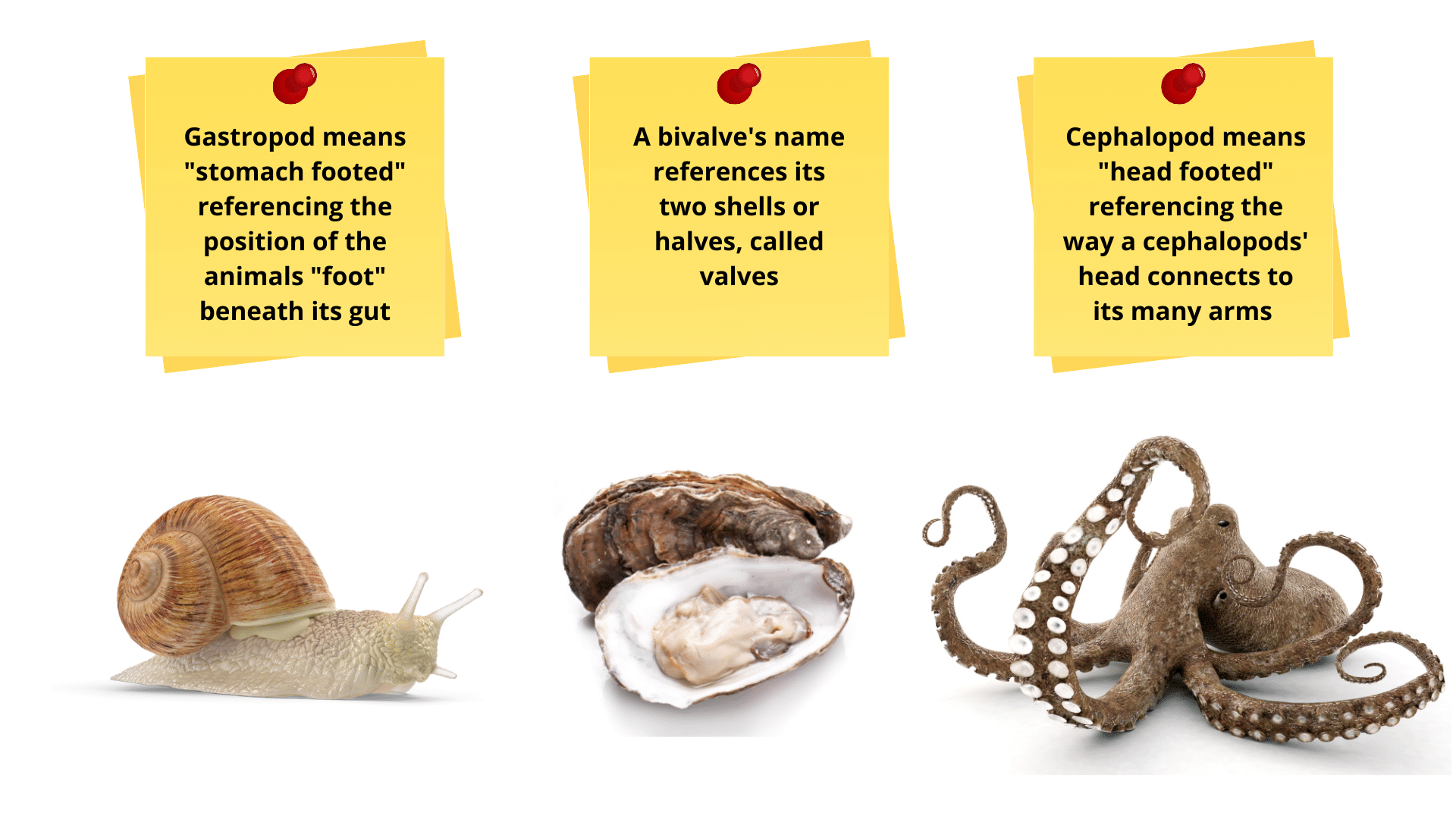
Mollusks are a diverse group of invertebrates found both on land and in the ocean. They have a soft body and an internal or external shell. Snails, clams, and squid are examples of mollusks. They have a thin layer of tissue called a mantle that covers their internal organs, similar to a shell. Depending on the mollusk, an organ called a foot is formed from the lower body and is used for crawling, digging, or catching prey. Mollusks have lungs, or gills, that exchange carbon dioxide from the animal for oxygen in the air or water. However, most mollusks have an open circulatory system in which blood is not always inside the blood vessels. As a result, they aren’t as efficient at taking in oxygen, which gives their blood a blue color. Mollusks reproduce sexually. Eggs and sperm are released into the water, and fertilization occurs there. There are three types of mollusks: gastropods, bivalves, and cephalopods.
Gastropods, like snails and slugs, are the largest group of mollusks found in freshwater, rainforests, oceans, and even deserts. They often have an external shell that can be used for protection or to conserve moisture. They can see and smell and glide across surfaces with their foot.
A bivalve has two halves of a shell held together by a hinge and strong muscles. They are primarily sedentary and can also be found in both freshwater and the ocean. They have a mouth, heart, and gills but no head. Clams, oysters, and scallops are all types of bivalves. A bivalve filters food from the water currents around them.
Octopus, squid, nautilus, and cuttlefish are all cephalopods. They are often considered the most intelligent of the ocean-dwelling mollusks. They have a large eye and tentacles, but most lack a shell. They have well-developed brains and complex nervous systems. Cephalopods are efficient swimmers able to move quickly in the water and are the only mollusks with a closed circulatory system, meaning the blood stays within the blood vessels. Octopuses use specialized cells in their skin to change colors and textures. This allows them to be camouflaged and blend into their surroundings, which makes them great predators of other animals. If they are threatened, they can release an inky substance and create a cloud helping them escape.
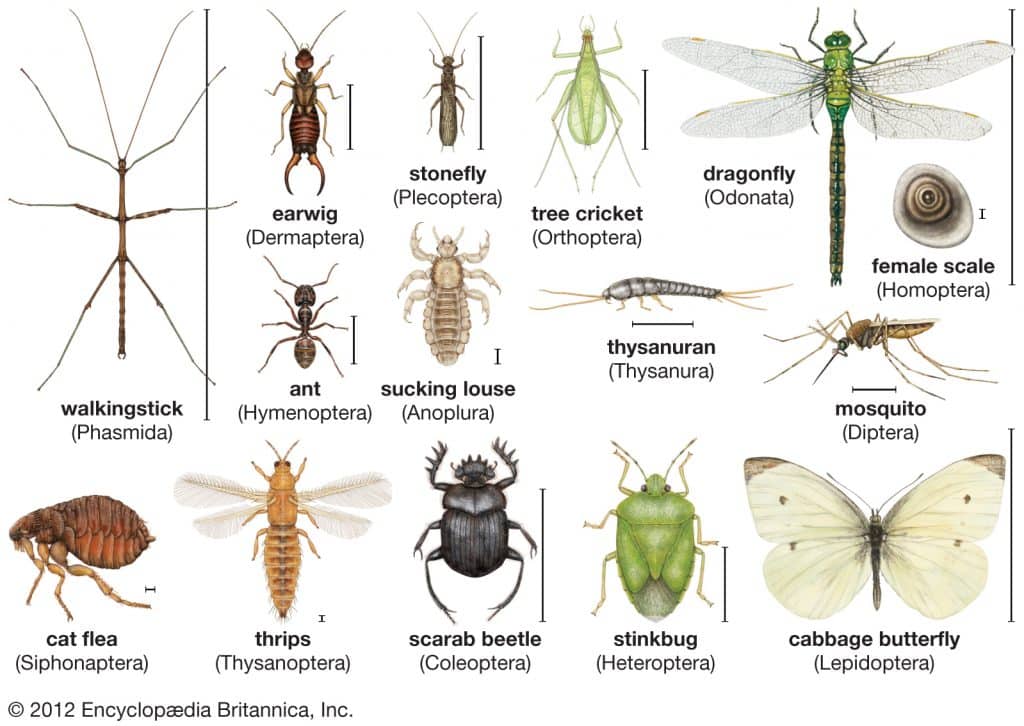
Arthropods are the largest and most diverse group of invertebrates, with more than a million species and making up 90% of the animal species on Earth. Insects, spiders, and crustaceans all belong to the arthropod family. They live all around us, varying in shape, size, how they communicate, and how they move and eat. An important feature shared by all arthropods is that they have an exoskeleton or external skeleton. An exoskeleton cannot expand, so the animal must grow a new one by molting. Arthropods also have a segmented body composed of different parts and jointed attachments called appendages used for feeding, defense, and locomotion.
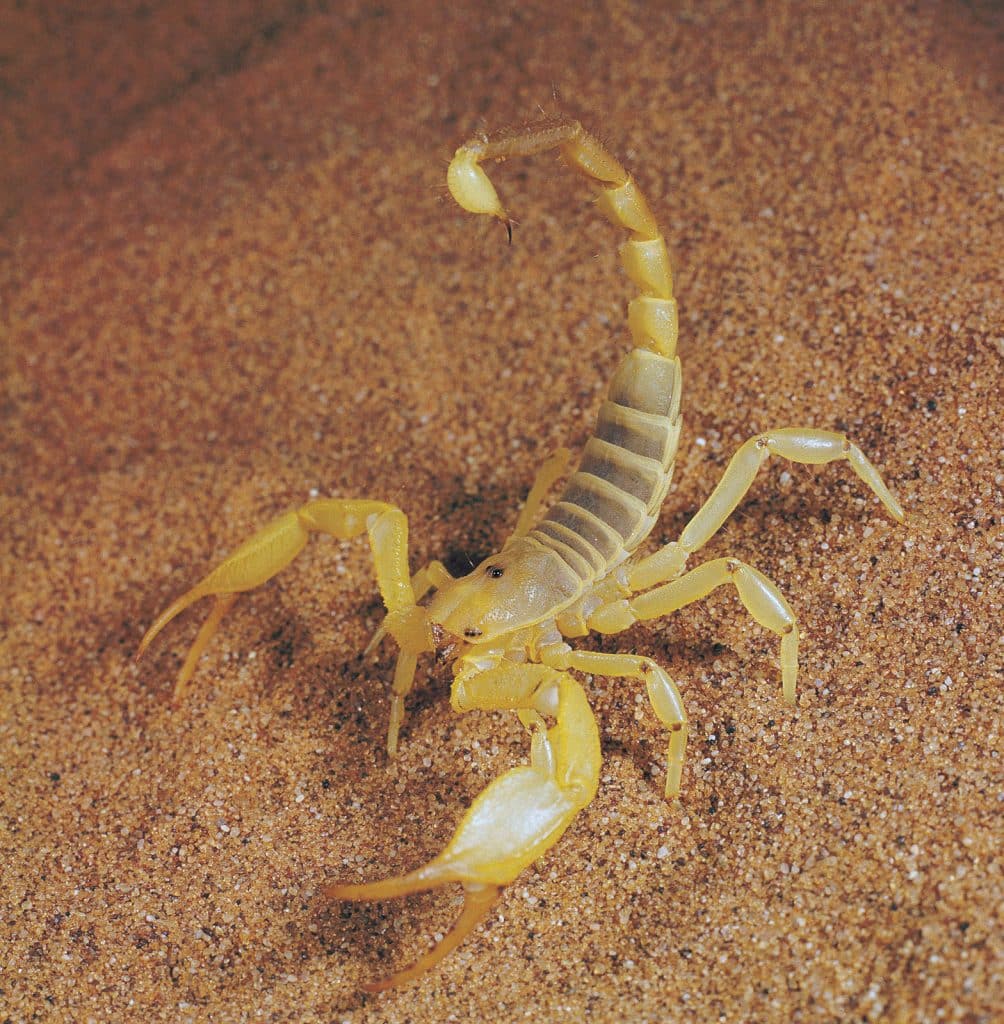
The chelicerates, formerly known as arachnids, include scorpions, spiders, ticks, and mites. They have two body sections and four pairs of legs. They do not have compound eyes, antennae, or wings. Instead of antennae, they usually have fangs or pinchers used to feed themselves or aid in their ability to feed. Spiders are predators and hunters. They inject venom into their prey to paralyze or kill it.

Myriapods include centipedes and millipedes, all of which are terrestrial, meaning they live on land. They have two body sections, and some have hundreds of legs. Hexapods, like bees, ants, and butterflies, have three body sections: a head, thorax, and abdomen.
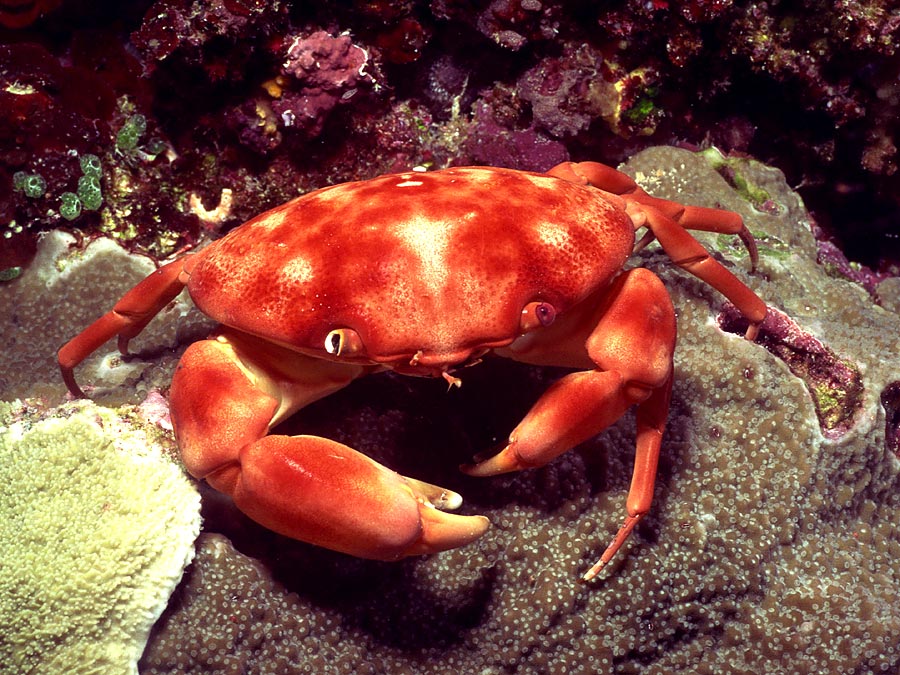
Lobsters, crabs, crayfish, and shrimp are also arthropods. They belong to a group called crustaceans that are found in water. They have segmented bodies, five or more pairs of legs, and two pairs of antennae. Most are located in the ocean, while a few, like the crayfish, live in freshwater. Once they become adults, they grow by molting, replacing their exoskeletons with a new, larger ones.
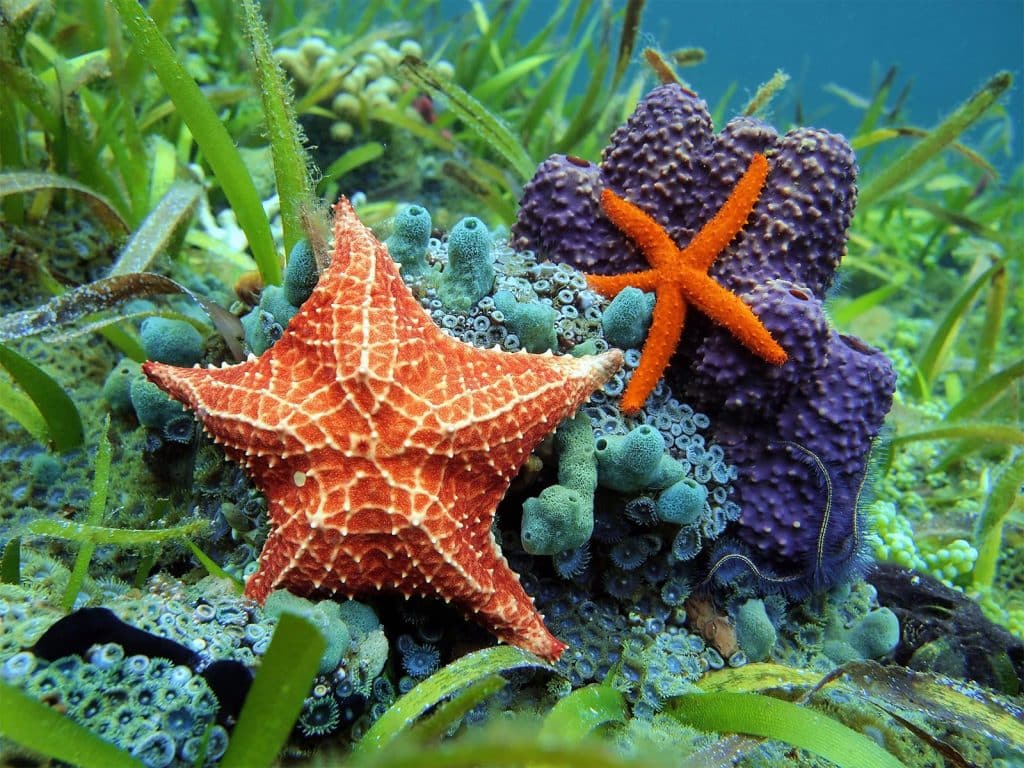
Echinoderms, meaning “spiny skin,” are invertebrates found on reefs, on shorelines, and in the depths of the ocean. Four major groups of echinoderms include sea stars, brittle stars, sea urchins, and sea cucumbers. They are radially symmetric, meaning their bodies are arranged around a central point. The outside of their bodies is made of tiny plates or spines that provide their bodies support. The echinoderm has an endoskeleton or internal skeleton made of hardened plates. They are often slow-moving or sessile. Inside is a fluid-filled tube system called a water vascular system. These tubes aid in movement, feeding, and gas exchange. For example, a sea star uses the tubes on its feet to move each foot by attaching it to a surface like a suction cup. An echinoderm’s diet varies. Some are carnivorous, and others are filter feeders.
Review:
- Describe three characteristics of mollusks.
- Compare an endoskeleton to an exoskeleton.
- Describe three characteristics of chelicerates.
